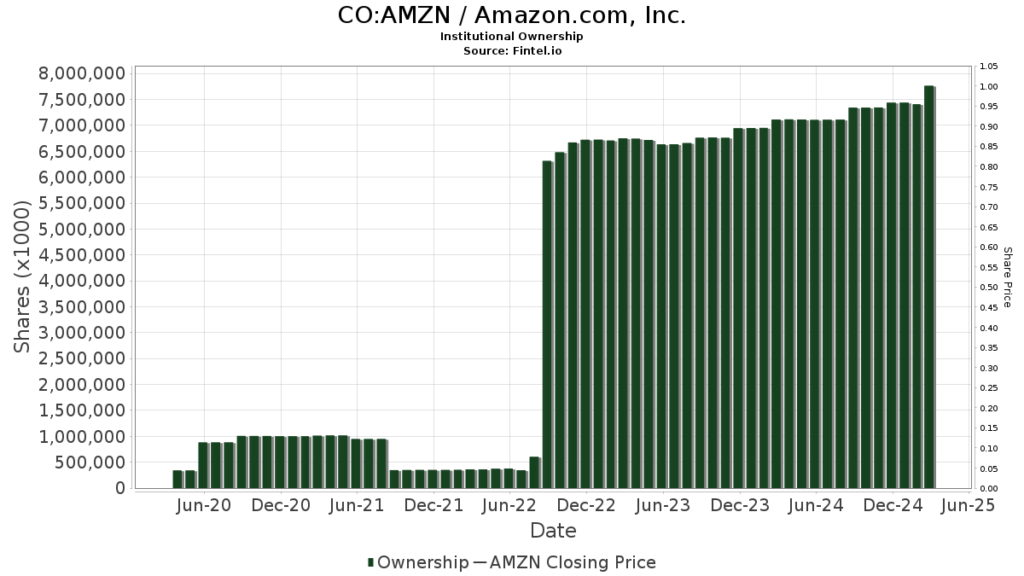QuantumScape (NYSE: QS) was one of the market’s hottest investments during the meme stock rally in late 2020 and 2021. The developer of solid-state batteries went public by merging with a special purpose acquisition company (SPAC) in November 2020, and its stock opened at $24.80 before soaring to a record high of $131.67 less than a month later.
At its peak, QuantumScape’s market cap reached $48 billion. However, the company hadn’t commercialized any of its batteries and wasn’t generating any meaningful revenue yet. It was also losing hundreds of millions of dollars per year.

Image source: Getty Images.
As a result, QuantumScape’s stock quickly crumbled as rising interest rates drove investors away from speculative pre-revenue companies. The electric vehicle (EV) market’s slowdown and competition from other solid-state battery makers exacerbated that pressure. That’s why its stock now trades at less than $6. But should contrarian investors still invest in QuantumScape as a long-term turnaround play?
Ambitious goals but plenty of headwinds
Solid-state batteries generate power with solid electrolytes instead of the liquid electrolytes used in lithium-ion batteries. That difference makes them less volatile and more resistant to higher temperatures, and they can be charged more quickly.
Solid-state batteries already power smaller devices like pacemakers, wearable gadgets, and other Internet of Things (IoT) products, but they haven’t been mass-produced for larger consumer devices or EVs because they’re more expensive.
QuantumScape is trying to scale up its production capabilities to narrow that price gap. Its latest solid-state batteries can grant EVs a range of 400 to 500 miles on a single charge with a charge time of less than 15 minutes, while most lithium-ion batteries for EVs currently have a range of about 300 miles and require 30 minutes to charge.
In theory, QuantumScape could use its solid-state batteries to revolutionize the EV market. But like many other SPAC-backed companies, it set some ambitious growth targets ahead of its public debut but missed them by a mile. It originally claimed it could generate $14 million in revenue in 2024 as it finally commercialized its first batteries, but it now expects to miss that deadline after several major delays.
For now, QuantumScape only plans to deliver its first samples later this year, and analysts expect it to finally commercialize some of its batteries to generate $5 million in revenue — compared to its original target of $39 million — in 2025.
QuantumScape’s biggest backer has been Volkswagen (OTC: VWAP.Y), which initially partnered with the company to develop solid-state batteries in 2012. But earlier this year, Volkswagen reportedly held talks with a French solid-state battery maker, Blue Solutions, to potentially reduce its long-term dependence on QuantumScape.
Meanwhile, other major automakers like Toyota and Nio have been developing their own solid-state batteries. If they cross the finish line first, other automakers might follow suit and develop their own in-house solid-state batteries instead of ordering third-party batteries from QuantumScape.
It still looks expensive relative to its growth potential
QuantumScape’s stock has plunged more than 95% from its all-time high, but it still has a market cap of $2.8 billion. That’s about 560 times the $5 million in revenue it’s expected to generate in 2025 if it successfully commercializes its first batteries.
In 2026, analysts expect its revenue to rise to $58 million as it finally mass produces and delivers more batteries. But at $2.8 billion, it’s already valued at nearly 50 times that estimate — so it still looks pricey relative to its near-term growth.
Analysts expect QuantumScape’s net loss to widen from $445 million in 2023 to $465 million in 2024, then widen again to $528 million in 2025. It ended the first quarter of 2024 with $1.01 billion in liquidity and expects that cash to last through the second half of 2026, but its coffers could quickly run dry if it fails to commercialize its first batteries.
On the bright side, the global solid-state battery market could grow at a compound annual growth rate (CAGR) of 41.5% from 2023 to 2030, according to Markets and Markets. If QuantumScape generates $58 million in revenue in 2026 and grows at a reasonable CAGR of 30% through 2030, it could generate $170 million in revenue by the final year. But it already trades at about 16 times that speculative estimate — so a lot of its future growth is still baked into its valuations right now.
Is it the right time to buy QuantumScape?
For now, QuantumScape can’t be considered a deep-value play. It’s a speculative bet on a company that hasn’t commercialized any of its products yet. Investors can nibble on the stock as it trades in the single digits if they believe it will successfully ramp up its production in 2025 and 2026, but it will remain highly volatile for the foreseeable future.
Should you invest $1,000 in QuantumScape right now?
Before you buy stock in QuantumScape, consider this:
The Motley Fool Stock Advisor analyst team just identified what they believe are the 10 best stocks for investors to buy now… and QuantumScape wasn’t one of them. The 10 stocks that made the cut could produce monster returns in the coming years.
Consider when Nvidia made this list on April 15, 2005… if you invested $1,000 at the time of our recommendation, you’d have $584,435!*
Stock Advisor provides investors with an easy-to-follow blueprint for success, including guidance on building a portfolio, regular updates from analysts, and two new stock picks each month. The Stock Advisor service has more than quadrupled the return of S&P 500 since 2002*.
See the 10 stocks »
*Stock Advisor returns as of May 13, 2024
Leo Sun has no position in any of the stocks mentioned. The Motley Fool has positions in and recommends Nio and Volkswagen Ag. The Motley Fool has a disclosure policy.
The views and opinions expressed herein are the views and opinions of the author and do not necessarily reflect those of Nasdaq, Inc.



